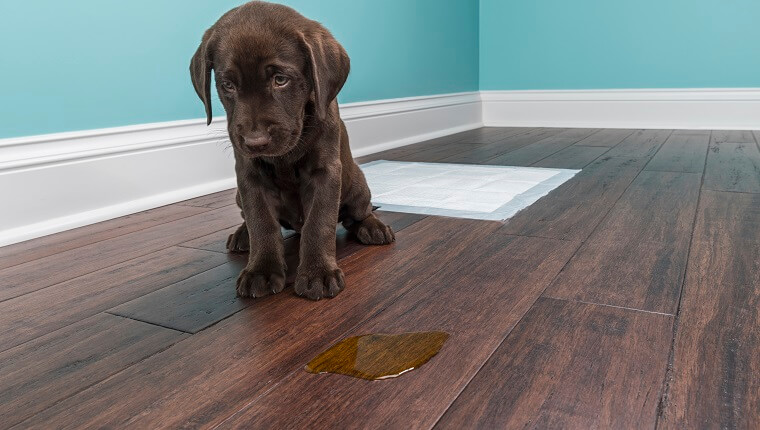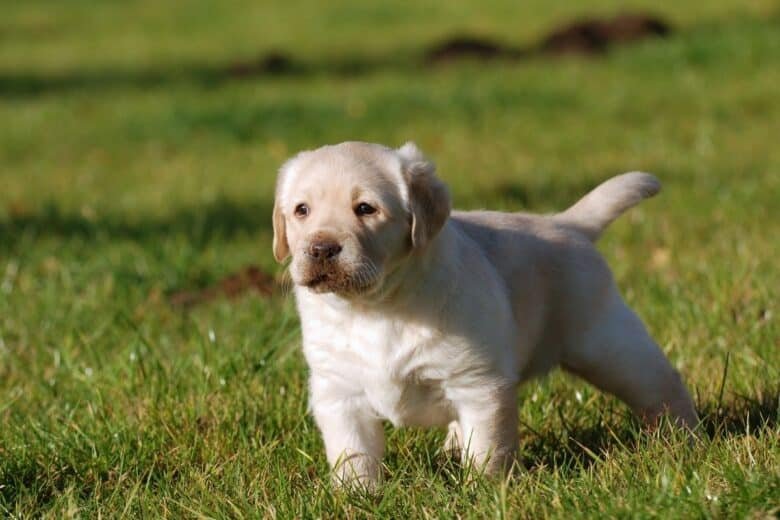How to train your puppy to go potty
Discipline, effort, and a lot of consistency are required while house training a dog or puppy. Accidents may happen, but if you follow some simple house training recommendations, you'll be ready to get your newest family member on the proper path.
How to train your puppy to go potty?
Potty Issue
Do you struggle to teach your puppy (or even your older dog) proper elimination habits? Don't be discouraged. There's a good possibility your dog can be taught to eliminate outside the house properly—and it'll probably be easier than you think!
How to Teach a Puppy to Go Outside to Pee
Isn't it true that your dog can't inform you when they need to go potty? If you teach them a "potty prompt," they will be able to do so. Potty prompts begin with teaching your pet how to communicate their want to go outside. Your dog will then identify the sensation of peeing with being outside of your home. Here's how to get going:
How to potty train your puppy?
Place your dog at the back door. Open the back door and let your pet out when they bark. You don't want to teach your dog to bark? Try ringing a bell. When your pet rings the doorbell, could you open it and let them out? Remember, the potty cue is only for going potty; don't let your puppy play outside too much after they've gone potty; else, they'll link the cue with getting to play outside, not just doing potty.
Potty Training tips for Puppies

(cmannphoto/Getty Images)
So, you taught your puppy to bark when it's time to go potty, but now they're barking all the time. You might want to teach them a new cue, such as sitting at the door. You could even put a rug in front of the entrance and teach your puppy that you open the door when they sit on it. Steps should be repeated from here. (cmannphoto/Getty Images)
Establish a designated restroom space.
Put your puppy on a leash and walk them out to the area of the yard where you want them to go potty. Don't walk any further. Instead, wait for your pet to go to the bathroom. Reward your puppy with treats and vocal praise when they succeed. Peeing outside will become a pleasurable experience as a result of this. If they don't leave, bring your dog back into the house and repeat the process. They'll pick it up quickly.
When you're not at home, use a crate.
Conceal your pet in a location, such as a crate, when you aren't at home. When you aren't present to hear or see the cue, mishaps are less likely to occur in your bedroom, living room, or other rooms.
The Method of Transitioning from Indoors to Outdoors

If you don't have a yard or your puppy is still getting his vaccines, it's probably best to start potty training indoors and gradually move your pet outside. You'll need to learn how to potty train a puppy on pads or how to get started with crate potty training before you can start teaching your dog to relieve themselves in the proper area indoors.
On pads, how to potty train your puppy.
Start house training in a limited location, such as the bathroom or the laundry room (preferably with easy-to-clean surfaces in case of mishaps!). Make sure the area is puppy-proofed and that any dangerous products are removed. Next, prepare the area by putting pee pads on the floor and positioning your pet's bed in a corner.
Here are some guidelines to help you get started with a routine:
- Change pee pads frequently, but in the area where you want your dog to pee, place a small piece of the soiled pad on top of the clean pad. The aroma serves as a reminder to your dog that this is where they should go to the potty.
- Once your puppy is peeing in the same spot, remove the pee pads nearest your pet's bed.
- Continue eliminating the pee pads until all except one or two sheets have been removed.
You can progressively expand the space your puppy has access to after you've had regular success with only one or two pee pads. Reduce the space if accidents start to happen. Move the papers near this location if you plan to convert your dog to an indoor or patio grass "potty." You're now ready to teach your puppy a toilet cue so they can go outside to relieve themselves.
Potty training in a crate
You'll need the correct size enclosure before you start crate potty training. Remember that your pet requires enough room to stand, turn around, and lie down. If they have more space, they will relieve themselves in one area and sleep in another. Some crates include divisions, allowing you to change the size as your child grows.
Allow your puppy to go inside and out of their box with a treat to help them get acclimated to it. Whenever your dog comes in, pat them on the head. Gradually increase the time your pet spends in their crate to 10 minutes and then longer once they're comfy. Crate potty training occurs when your puppy associates their crate with their living place.
They'll let you know they need to go rather than soiling the space where they sleep and eat. Developing a schedule, like other toilet training strategies, is essential. Your puppy should be able to relieve itself within fifteen minutes of eating, drinking, or playing. Check out our crate training guide for additional information on crate toilet training.
How Long Does Potty Training a Puppy Take?
When it comes to toilet training a puppy, there is no set schedule. There are numerous aspects at play, the most significant of which is consistency. When your puppy follows their training plan, be sure to reward them.
Dealing with mishaps

Accidents will happen regardless of how hard you try to avoid them. It's a matter of figuring out what's causing the problem and promoting positive behavior. Recognizing whether your pet is anxious or what causes accidents regularly will aid you in devising solutions. When cleaning up messes, make sure to clean the dirty area thoroughly. Stain and odor removers safe for pets are useful cleaning items to keep on hand.
It's important to remember that even a housebroken dog will have accidents while out and about. Keep your puppy's schedule as steady as possible to prevent this habit. Take your dog for a long walk with plenty of opportunities to empty their bladder before traveling on a trip or visiting friends. Bringing toys is another effective method for keeping your pet engaged in an activity.
Potty training a puppy requires time and dedication, so don't be discouraged. to the basics if you notice your pet has gotten off track. Stick to whatsoever strategy you choose and build a routine.






